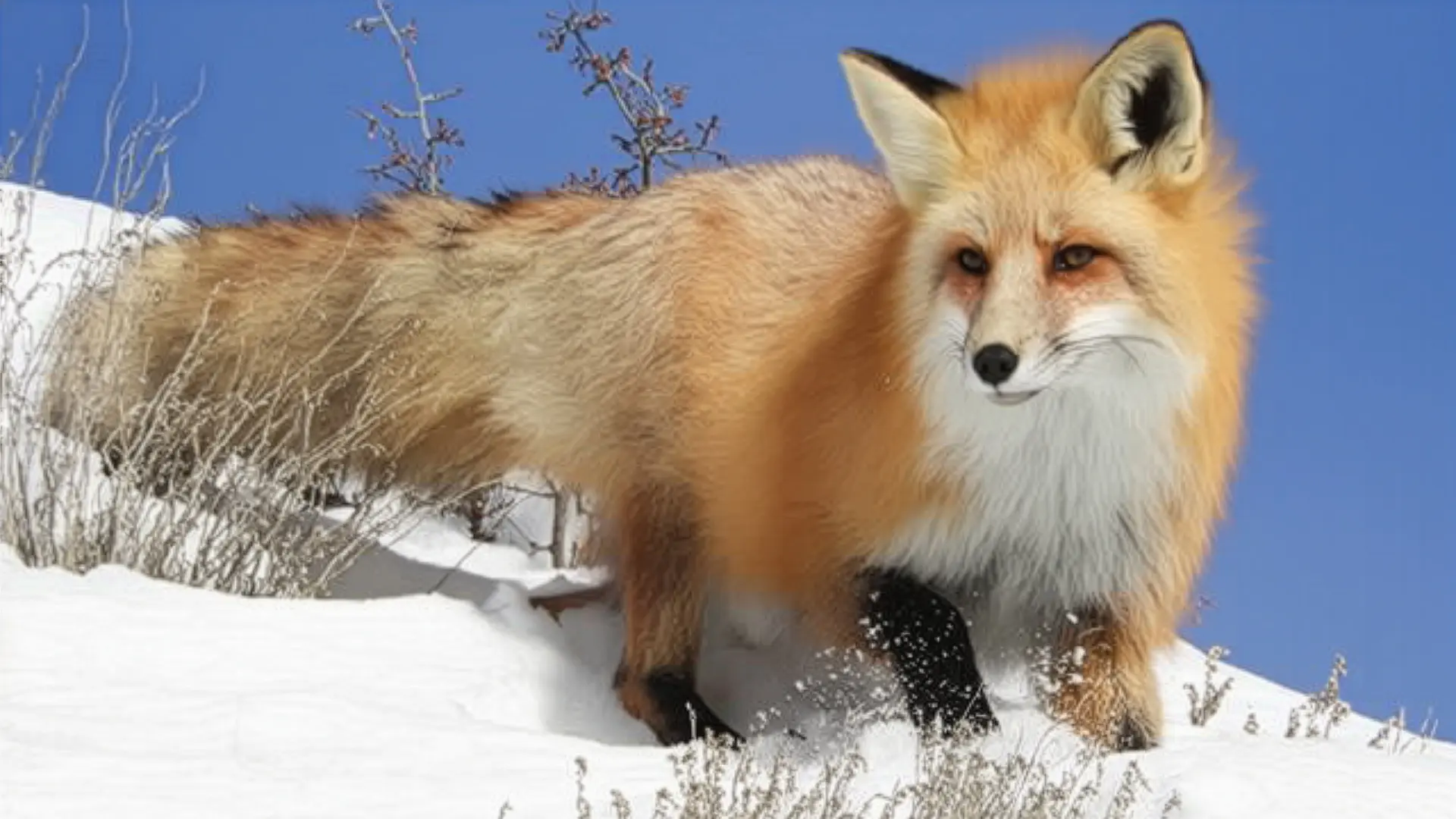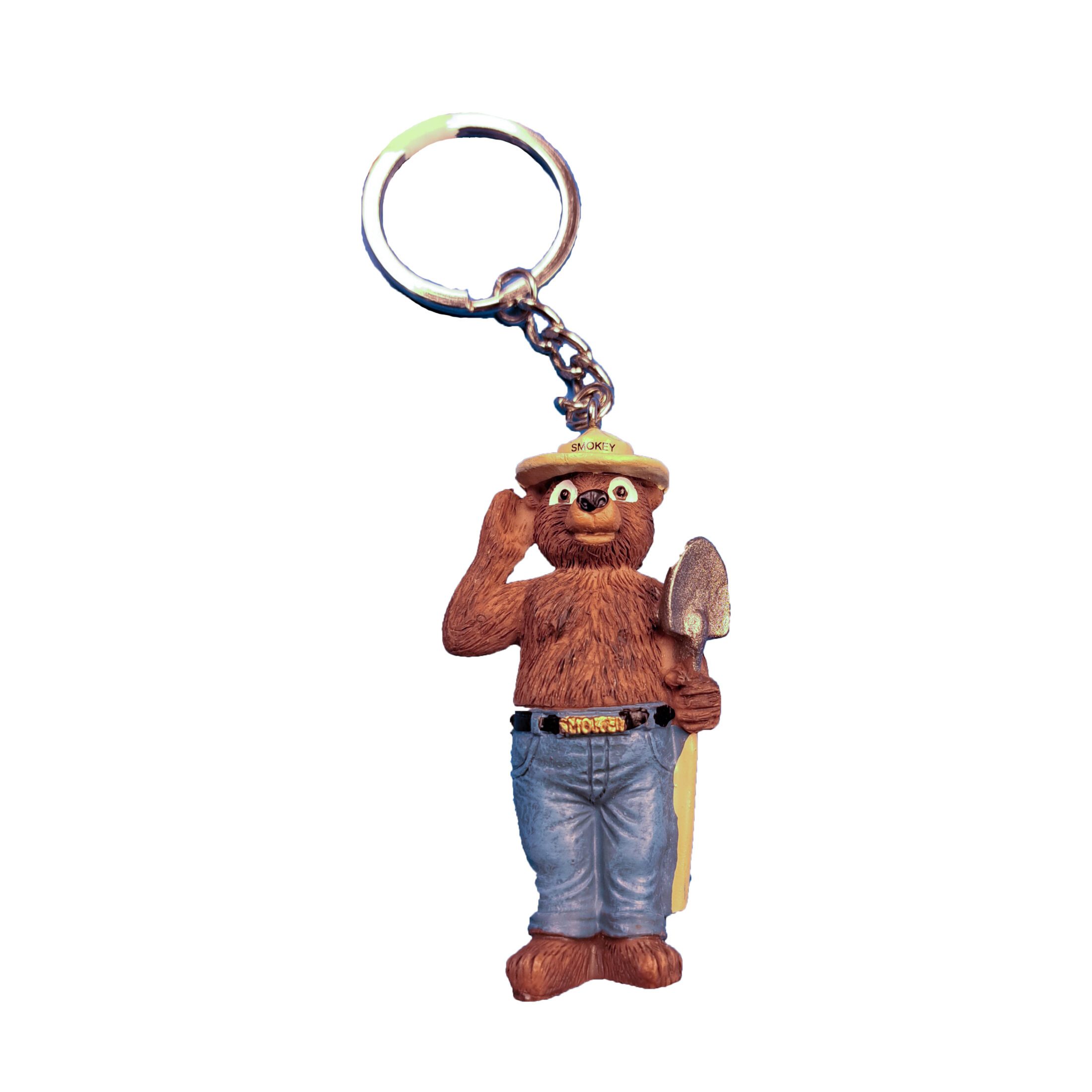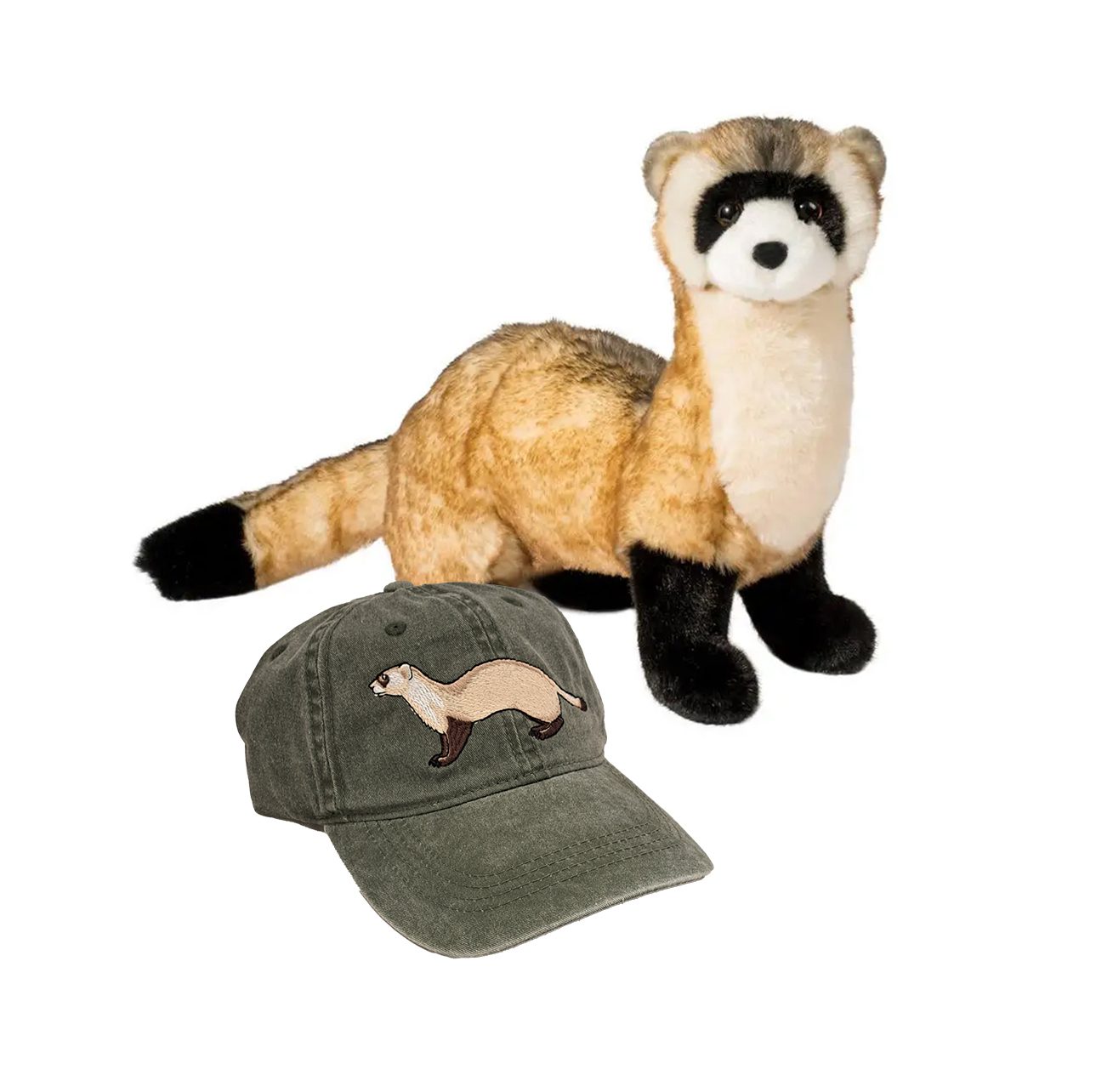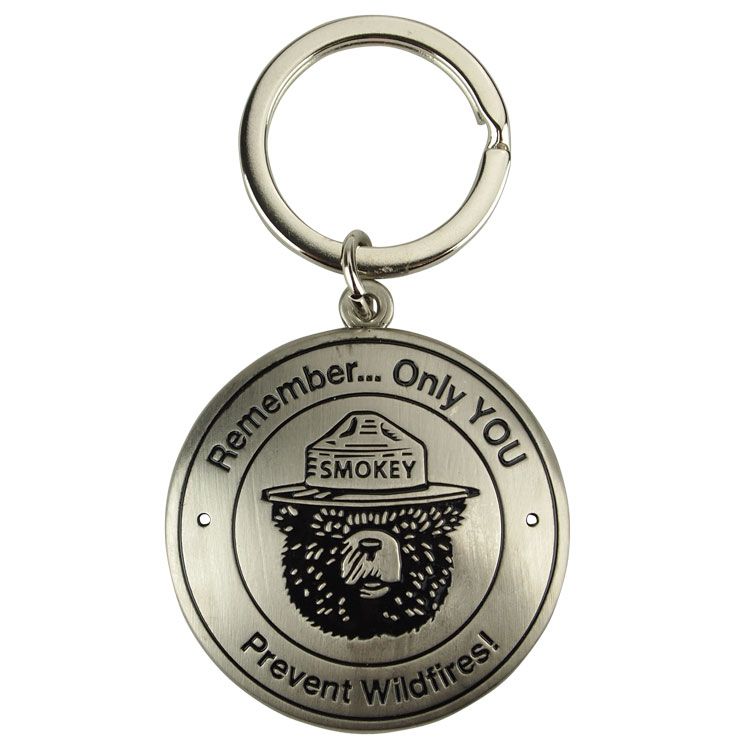A Glimpse of Red in the Hills
If you are lucky, you may see a flash of red fur crossing a snowy meadow or slipping through tall grass at dusk. The red fox is one of the most adaptable predators in the Black Hills. It is also the subject of surprising scientific research into how animals may sense the Earth itself.

Beautiful Fox walking in snow 1920×1080
Red fox in winter fur pauses on a snowy slope in the Black Hills. Photo by Tom Tonkin.
Red Fox Magnetoreception: Using Earth’s Magnetic Field to Hunt
In 2011, a team of scientists in the Czech Republic noticed something unusual about how foxes hunt. When red foxes pounced on mice hidden under snow, they often faced toward the northeast.
Researchers tracked hundreds of these jumps and found foxes were far more successful when aligned with that magnetic direction. Hunting success rose from less than one in five to nearly three out of four.
The team proposed that foxes may use the Earth’s magnetic field as a built-in rangefinder. When the angle of sound from hidden prey matches the Earth’s magnetic inclination, the fox may judge distance more precisely. This skill would be especially useful in snow or tall grass.
So do foxes really sense Earth’s magnetic field? Evidence suggests they may, but the exact mechanism remains unknown. Unlike birds, where light-sensitive proteins in the eyes are proven to help with navigation, such proteins have not been confirmed in foxes. The phenomenon is called magnetoreception, and red foxes are among the few mammals studied for it.
Black Hills Red Fox and Their Role in the Ecosystem
In the Black Hills, red foxes fill an important role. They are mid-sized predators that primarily eat mice, voles, rabbits, and insects. By controlling rodent populations, foxes support the health of grasslands and forests.
They share hunting grounds with raptors such as hawks and owls. They also compete with coyotes and bobcats. This layered web of competition and predation keeps ecosystems balanced.
Foxes are opportunistic hunters. They adapt to open meadows, ponderosa pine forests, and creek corridors. In winter, they may be easier to spot as they cross snowfields in search of food. In summer, they shift to shady areas. Their adaptability explains why foxes thrive in both wild and semi-developed landscapes across the region.
Where to See Red Foxes in the Black Hills
Seeing a Black Hills red fox takes patience and some luck. These are the most promising opportunities:
-
Dawn and dusk: Foxes are most active in low light.
-
Forest edges and meadows: Look for movement where trees meet open ground.
-
Creeks and drainages: Water attracts small prey, and foxes follow.
-
Public lands: The 1.2 million acres of Black Hills National Forest hold prime habitat. Fox sightings also occur near Wind Cave National Park, Jewel Cave National Monument, and Custer State Park.
Because foxes are quick and wary, binoculars often turn a fleeting blur into a clear view.
Wildlife Viewing Tips for Red Foxes
If you hope to see a red fox, your actions matter. Responsible viewing protects the animals and ensures safe experiences for visitors. Follow these wildlife viewing tips:
-
Stay quiet and still. Noise and movement quickly send foxes away.
-
Keep pets leashed. Dogs may chase or stress foxes.
-
Do not feed wildlife. Feeding shortens lifespans and leads foxes toward roads and campsites.
-
Use binoculars or telephoto lenses. Distance is safer for both people and animals.
-
Leave no trace. Stay on trails and avoid disturbing dens or hunting grounds.
By following these tips, visitors help foxes remain wild and future generations enjoy the same encounters.
Magnetoreception and the Bigger Picture
The red fox embodies adaptability. From snowy ridges to summer prairies, it finds ways to thrive. Research into magnetoreception adds mystery. It suggests that foxes may sense the Earth in ways we are only starting to understand.
Every fox sighting is a reminder that the Black Hills remain alive with natural processes. The flash of red fur across a meadow connects us to deeper patterns of survival and balance.
Stewardship and BHPFA’s Role
At Black Hills Parks & Forests Association, we support the parks and forests where foxes and many other species live. Through education, interpretation, and visitor engagement, we help people understand these ecosystems and protect them for the future.
When you glimpse a fox, you see more than a beautiful animal. You see evidence of a living landscape that still supports wild predators. Your visits, purchases, and support make that possible. They help rangers and educators share knowledge about wildlife and inspire new generations of stewards.
Closing Reflection
The next time you walk a trail at dawn or drive a forest road at dusk, keep watch at the edge of the trees. With luck, you may glimpse a fox on the hunt. Whether or not you see one, know that these animals are here, playing their part in the Black Hills’ living web.
Respecting their space ensures that the red fox remains a sign of wildness for years to come.







